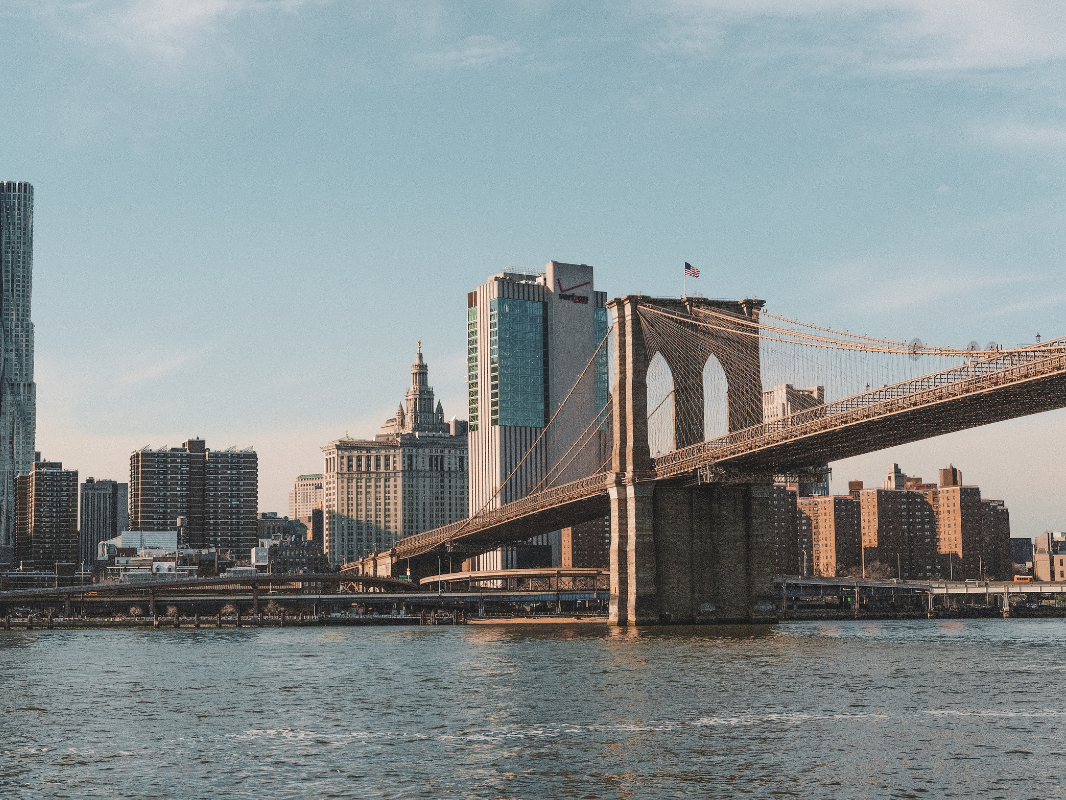New York’s building codes and permitting requirements are designed to create safety, sustainability, and compliance with changing regulations. While these safeguards are essential, modernizing approval processes and streamlining administrative workflows can further enhance efficiency. Communities across the U.S. are exploring digital solutions to replace paper-based systems, accelerating development, improving inspection timelines, and creating a smoother experience for both agencies and applicants.
As demand rises across the state, local governments need digital solutions that keep pace—streamlining permitting, improving code enforcement, and enhancing transparency. Modernizing workflows helps agencies accelerate approvals, maintain regulatory compliance, and work more efficiently across departments. Let’s explore how local governments in New York can leverage digital solutions to transform what was once a lengthy and cumbersome process into one that is more efficient and resident-focused.
Navigating New York’s Building Code Compliance
We mentioned how New York has regulations in place that set the foundation for safe, sustainable, and resilient communities. For example, regulations such as New York’s Uniform Fire Prevention and Building Code (Uniform Code) and Energy Conservation Construction Code (Energy Code) are implemented so that buildings can meet safety standards, improve energy efficiency, and adapt to evolving environmental goals.
Local governments must juggle multiple responsibilities, from staying compliant and keeping up with frequent updates to conducting timely inspections and managing approvals efficiently. These responsibilities are often illuminated when agencies rely on outdated, manual processes to maintain these tasks.
Communities in New York are beginning to embrace technologies that make these tasks more manageable. These include automated compliance tracking and digital documentation tools, which are replacing outdated, paper-based processes with modern solutions that promote efficiency, safety, and sustainability. SDL Connect is an example of a collaborative tool that helps local governments unify fragmented systems across departments, improving efficiency and alignment with state-mandated updates. Streamlining workflows accelerates application approvals and supports the latest regulations with compliance. Let’s explore how local governments in New York can leverage digital solutions to transform what was once a lengthy and cumbersome process into one that is more efficient and resident-focused.
Putting Technology to Work
Consider a local government in New York where code enforcement relies on spreadsheets and paper files. A resident reports an unsafe structure, but without a centralized system, the complaint gets lost between departments, delaying inspections and resolutions. As issues pile up, inefficiencies grow, and resident frustration rises.
With a digital solution like SDL Connect, agencies could automate compliance tracking and digital documentation, solving key building and code enforcement challenges. By centralizing violations, corrective actions, and approvals into one single platform, documentation won’t slip through the cracks. The city may use the tool to streamline mobile inspections, enabling real-time data capture and on-site reporting to accelerate response times. The solution could enhance cross-department collaboration, breaking down silos so that planning boards, zoning officials, and inspectors can seamlessly communicate—reducing compliance issues before they escalate.
Accelerating Permitting and Zoning Approvals
Another piece of the puzzle for community development involves building permits, which requires tight coordination across multiple agencies in New York, like many other states. With online permit applications, developers can submit documentation digitally, eliminating manual paperwork and reducing administrative burdens.
Automated approval workflows streamline processing by routing applications to appropriate departments, minimizing bottlenecks, and accelerating decision-making. Additionally, GIS mapping tools help zoning compliance and support better land-use planning, allowing local governments to assess environmental factors and infrastructure needs more effectively.
Using digital solutions to provide real-time updates to applicants improves transparency, reduces inquiries, and keeps all stakeholders informed. By modernizing permitting and zoning processes, agencies can cut approval times, prevent backlogs, and create a more seamless experience for developers and building officials.
Supporting Resident Satisfaction with Technology
Building and permitting processes affect more than developers—they impact residents, businesses, and property owners. Many local governments struggle with public engagement due to delayed communication and a lack of accessible information. Digital solutions can enhance transparency by readily making permitting, zoning, and code enforcement information available.
In New York, where navigating building codes and zoning regulations can be complex, self-service portals give residents, businesses, and developers real-time access to permit statuses, inspection results, and compliance updates—reducing the need for in-person visits and lengthy phone calls.
Interactive zoning and permit lookup tools help applicants better plan their projects by providing clear guidance on New York’s specific requirements and restrictions before submitting an application. Meanwhile, automated notifications keep all stakeholders informed about approvals, inspections, and regulatory actions—helping projects stay on track while improving transparency. By making permit and zoning information more accessible, local governments can strengthen community trust, improve compliance, and streamline development to benefit everyone.
Building Smarter, Faster, and More Efficient Communities
As New York’s communities continue to grow, modernizing permitting, compliance tracking, and zoning enforcement presents an opportunity to create a more efficient and connected development process. Local governments that embrace digital solutions can streamline approvals, improve collaboration, and make regulatory processes more transparent—helping projects move forward smoothly while supporting sustainable growth.
By adopting digital permitting tools, communities can reduce administrative burdens, speed up approvals, increase compliance, and create a more seamless experience for developers, inspectors, and residents. Automated tracking and reporting keep teams aligned with regulatory requirements, while centralized digital platforms provide easy access to key information, minimizing delays and improving engagement. With the right tools in place, New York’s communities can build smarter, approve faster, and support future development. Check out our complete checklist to navigate your next building and coding project with confidence.

